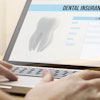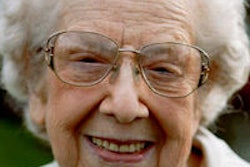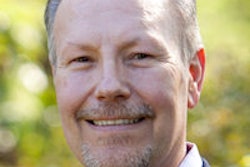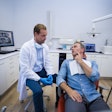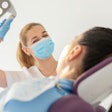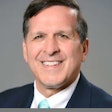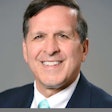
By the year 2030, the number of U.S. adults 65 years or older will reach 72 million, representing a 100% increase since 2000. Yet there are many barriers to effective communication with them in dental practices, according to a new study.
Although there are physical, psychological, and literacy issues pertaining to both patients and providers that create these barriers, dental care providers can overcome them by using communication strategies specifically tailored to older patients, noted the study authors (Journal of the American Dental Association, February 2014, Vol. 145:2, pp. 159-164).
“Dentists will likely care for an increasing number of older adults.”
"Dentists will likely care for an increasing number of older adults in their practices as the U.S. demographics change toward higher percentages of older adults," said study co-author Pamela Stein, DMD, from the University of Kentucky College of Dentistry in an interview with DrBicuspid.com. "However, very little literature is available to help dentists improve their communication with their older adult patients."
This study describes how health literacy tools and communication strategies can address the unique communication barriers older adults face in the context of a dental practice setting, she added.
The authors noted that communication between healthcare providers and older adults may be challenging for several reasons, including the physiological impact of the normal aging process, in particular sensory decline.
Another reason could be the lack of health literacy among older patients. The study authors suggested that dental healthcare professionals give special consideration to whether their patients have clearly understood clinical diagnoses and recommended health behaviors.
Some healthcare providers may have ageist attitudes that could have a detrimental effect on older people's healthcare. The authors noted that dentists should take care to not stereotype and use patronizing speech with older patients.
"Collectively, these physiological, psychological, and health literacy barriers, as well as stereotyping on the part of the healthcare provider, have the potential to undermine the quality of communication between dentists and older patients," the study authors wrote.
"I have worked with older patients for over 20 years; however, in writing this paper I discovered there were many more barriers to communicating with older adults than I realized," Dr. Stein said.
And although plenty of literature exists on communication recommendations, nothing has been put forward that is both specific to older adults and dental care, according to the authors.
"We present a series of strategies for dentists and dental staff members to enhance the appropriateness and effectiveness of communication with older adults," they wrote.
One strategy suggested by Dr. Stein and colleagues is to encourage patients to take a more active role in their healthcare.
"Research findings suggest that older patients who create a written agenda before the office visit raise, on average, two more questions or concerns during the appointment than do those who do not create a written agenda before the appointment," they wrote.
Going by this finding, it may be a good idea to ask patients to write down questions and concerns before their appointment, they noted.
Other strategies include attentive listening and longer appointments.
There is evidence that healthcare providers spend less time consulting with older adults than with younger adults, the authors noted. Older patients may have more extensive medical histories, could be nervous, or have trouble focusing and will likely respond best when they are not feeling rushed.
Research has shown that poor listening by dentists is a chief complaint of patients, and providers who give their undivided attention to patients in the first 60 seconds are perceived as having spent a meaningful amount of time, the study authors wrote.
Avoiding jargon and using simple language also are helpful, they noted, urging dental care providers to speak slowly, clearly, and loudly when talking to older patients.
"However, it is important to make sure that speaking loudly and slowly does not introduce a patronizing or condescending tone of voice," they clarified.
They also advised dentists to not provide too much information and overwhelm patients, to present instructions individually so patients can process the information and ask questions, and to use visual aids such as simple brochures, videos, and photographs during appointments.
The teach-back technique, which includes repeating key messages and instructions and checking for understanding also is useful in communicating more effectively with older patients.
Finally, it is important to consider that older patients could have cognitive impairments, and minimizing distraction and noises in the operatory is helpful while treating them. The authors discussed effective ways to approach such patients, which included approaching them from the front at eye level, using nonverbal communication such as smiling and eye contact, and taking the time to introduce yourself to them.
"It is critical that dentists learn strategies to improve communication with older patients and become the team leader in their practices," the authors noted. "This requires that staff members abide by the policies the practice has adopted to improve communication with patients."
Ultimately, better communication means better patient outcomes, happier patients, and increased referrals to the dental practice, Dr. Stein concluded.


